Apollo 11, Voyager 1 and 2, Curiosity… Space exploration is fascinating, and missions are multiplying. But before 2005, no probe had ever landed on such a distant and mysterious star. The story of this crazy epic in 3, 2, 1… Blast-off!
January 14, 2005: this is the first time that a probe has landed on such a distant star. It's not the first space mission, but it's one of the craziest ever accomplished.
It all started with Voyager 1. Long before it became the stuff of billionaires' dreams, space exploration responded to the call of scientific progress. Initially launched to study the outer reaches of the solar system and its giant planets, scientists diverted its trajectory, intrigued by a singular star. And their discovery would give rise to an even more ambitious mission...
Read also: Jupiter was hit by the Sun and crushed "like a foam ball," what these researchers saw is unprecedented
The most titanic mission in the history of space exploration
October 15, 1997: a Titan IVB Centaur rocket, the most powerful launcher at the time, took off from Florida. On board, the fruit of a historic collaboration between NASA, ESA and ASI:
- Cassini, NASA's orbiter: almost 7 meters high and 4 meters wide, nearly 6 tons (7 times more than Voyager!), probe and fuel included.
- Huygens, probe from French aerospace.
These are two technological gems: digital memory, radars, infrared spectrometers... and engines with a thrust of 50 kg (a power record for the time!).
A 7-year journey begins, but it's not the ringed giant that interests scientists... To accelerate and reach Saturn, Cassini had to play with the gravity of the other planets: it's the gravitational slingshot.
Palpable tension, anxious silence... The mission has had its share of challenges, twists and turns:
- Damage to Huygens' heat shield threatening the launch,
- An incompatibility of frequencies that could compromise communication between the two craft,
- A crossing of Saturn's rings to put Cassini into orbit risking destruction,
- Three weeks of silence following the release of Huygens…
January 14, 2005: Huygens successfully landed on this star, a catalyst for the curiosity and determination of a hundred scientists from 18 countries. For the first time, a probe lands on Titan.
TITAN, THE MOST FAR AWAY STAR EVER REACHED
Titan is:
- A star with a surface temperature of -180°C, discovered in 1655 by Christiaan Huygens – Jean-Dominique Cassini having discovered that Saturn had several rings.
- A moon with a diameter of 5150 km, larger than Mercury,
- Saturn's largest moon and the second largest in the solar system,
- An unfathomable enigma for centuries…
In 1982, without being able to penetrate it, Voyager 1 confirmed the existence of Titan's exceptional atmosphere. To counter the opacity, Cassini is equipped with infrared cameras. Blurred, but revolutionary, the first images arrive.
In 2005, Huygens revealed a disconcerting landscape, made of ice pebbles and organic dunes. In 13 years and like a puzzle, more than 60% of Titan's surface has been mapped, thanks to the new data collected.
Its atmosphere, its astonishing landscapes, its geological structure and its organic chemistry give Titan a singularity that makes it the ideal candidate for the search for extraterrestrial life.
Titan, a perfect candidate for the search for extraterrestrial life?
Titan's atmosphere, rich in nitrogen and methane, raises a hypothesis: was Earth's primitive atmosphere similar? By extrapolating the terrestrial conditions necessary for the development of life, scientists are examining the presence of water, nutrients, energy sources and a stable environment.
New surprise in 2006: Cassini discovered at Titan's north pole expanses of liquid hydrocarbons, especially methane, which follows a dynamic cycle similar to that of water on Earth: evaporation, condensation, rain...
In 2009, Cassini even observed seasons and the formation of tholin dunes, which scientists managed to reproduce in the laboratory. This polymeric material is a complex macromolecule composed of carbon, nitrogen, and hydrogen, essential for the formation of amino acids, the pillars of life. Could Titan harbor life? Could there still be water there? And it could well be that beneath its icy crust, Titan harbors an ocean of water. It would therefore be structured as follows:
- A rocky core,
- A layer of ice,
- An ocean of liquid water,
- A crust of ice on the surface covered with complex organic matter.
Titan is therefore a unique object in the solar system and the star offering the most favorable conditions for habitability.
From Earthlings to Titanians?
September 2017: the end of this epic journey with the planned crash of Cassini. A final precaution to protect potential traces of life, if they exist. But a new study published in the journal Astrobiology proves pessimistic about the possibility that Titan could harbor life: the simulations carried out suggest a far too weak impact of comets to see sufficient transfer of organic matter to the underground ocean. To be continued...
And after? Some dream of human colonies on Titan, of the birth of a new Titanian civilization, a pioneer in interstellar exploration. But to do this, many obstacles would have to be overcome:
- Reduce costs (with reusable rockets like Space X proposes),
- Shorten travel times (with concepts like David Burns' helical engine)
- Protect astronauts: radiation, gravity, isolation...
- Build autonomous and sustainable bases: power plants, habitats, permacultures...
For now, the next step seems to be the launch of DragonFly, an electric-nuclear helicopter drone, in 2028 by Space X's Flacon Heavy.
The Titanic adventure is only just beginning...
Source: ESA

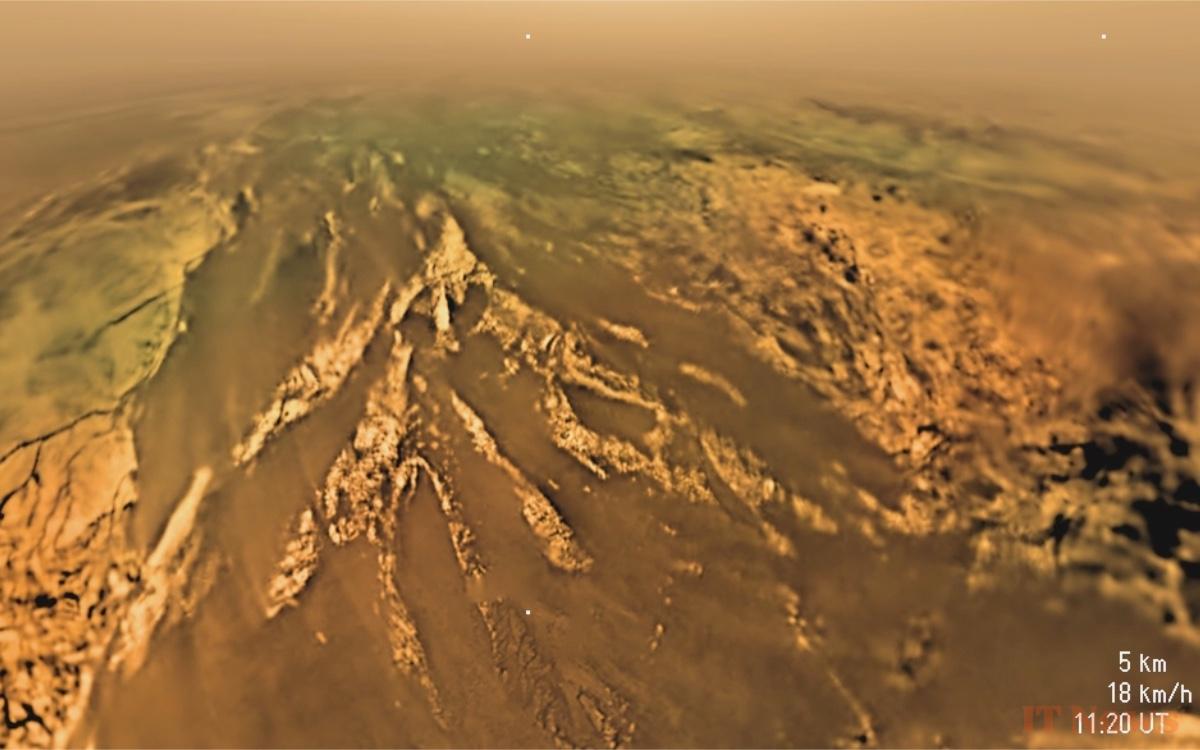

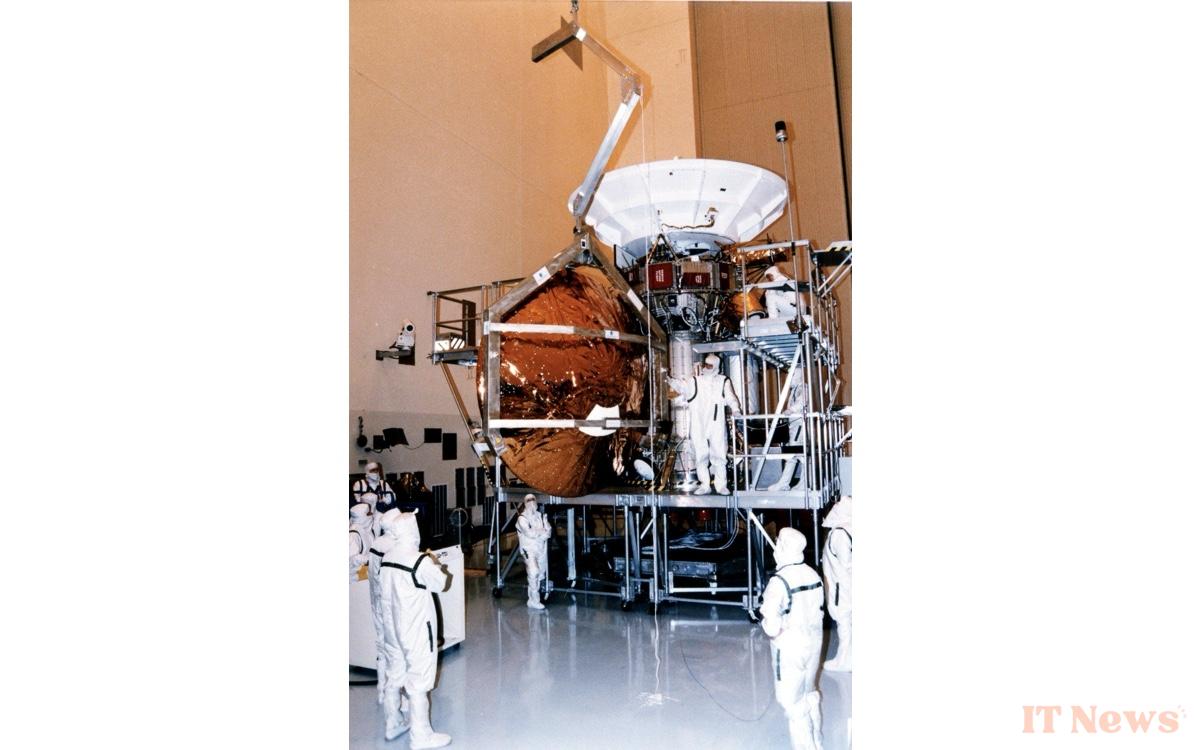
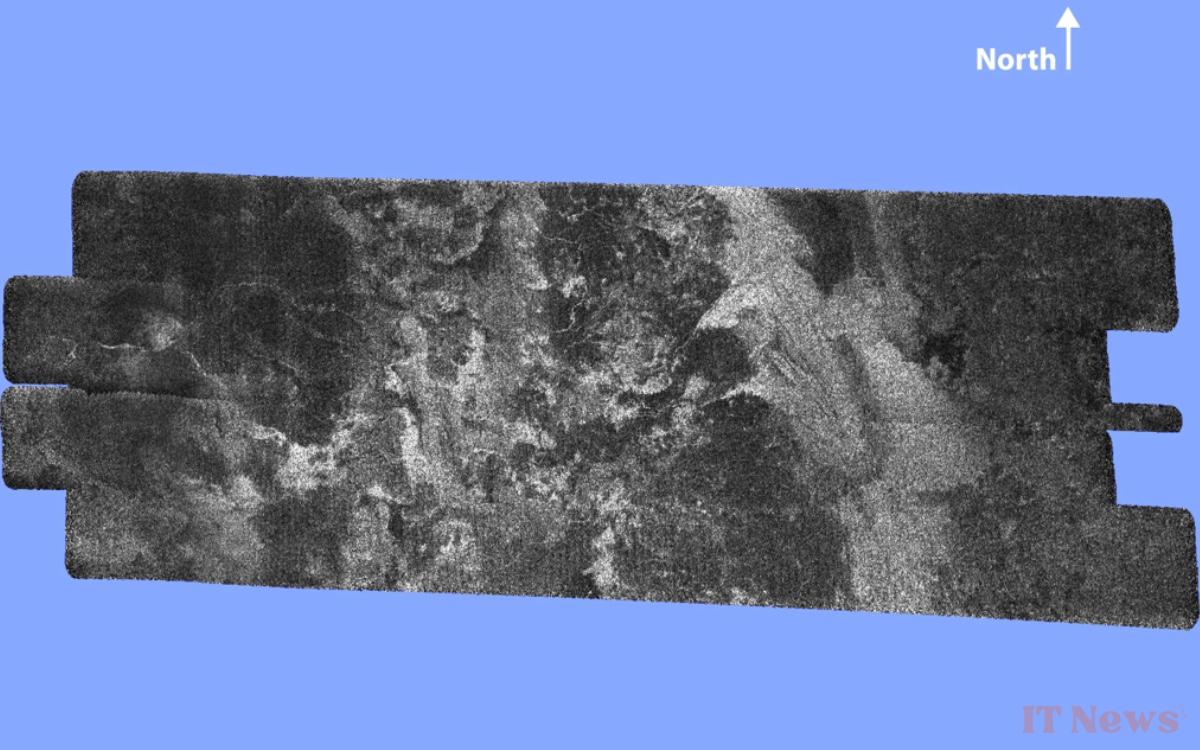
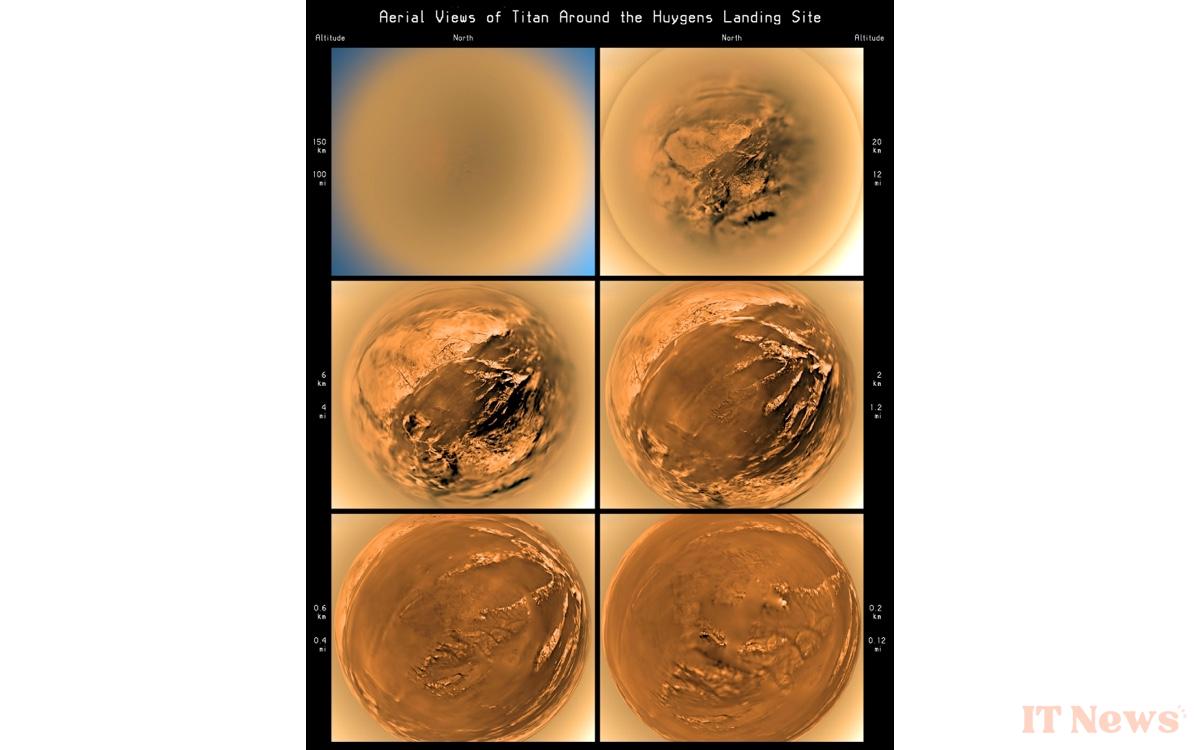
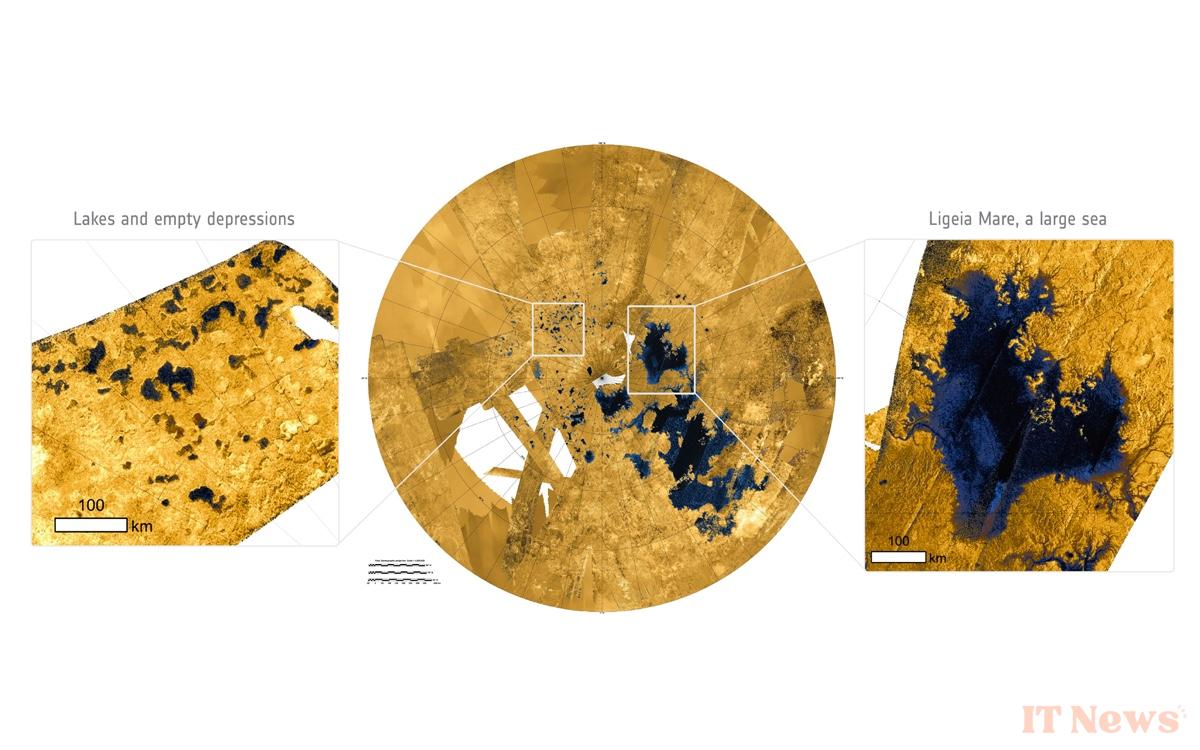
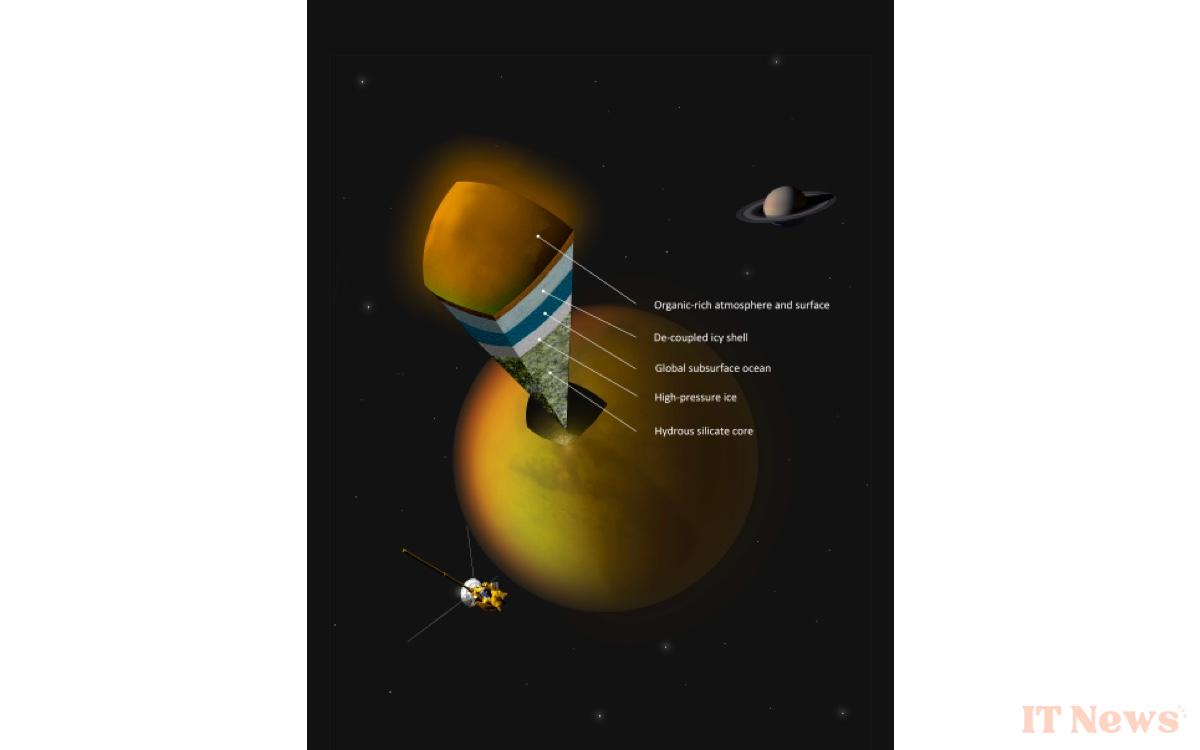

0 Comments